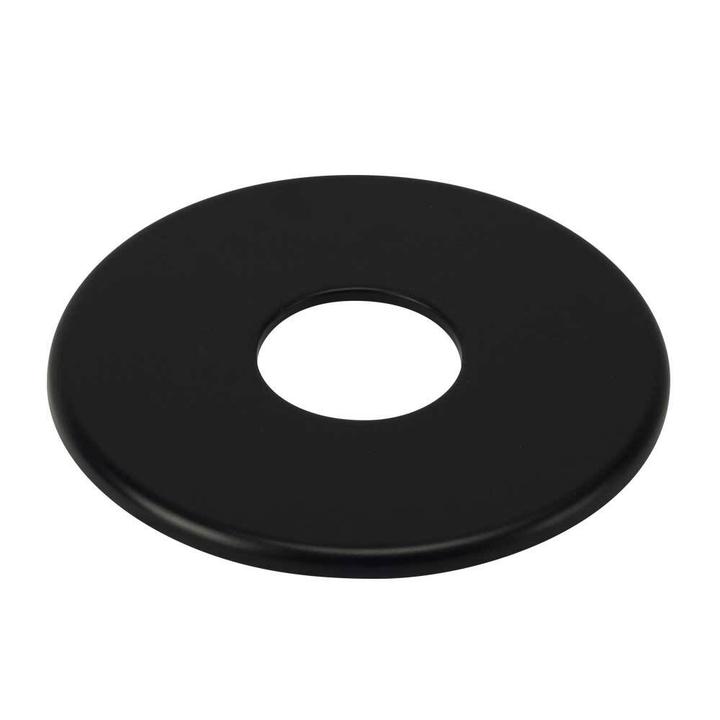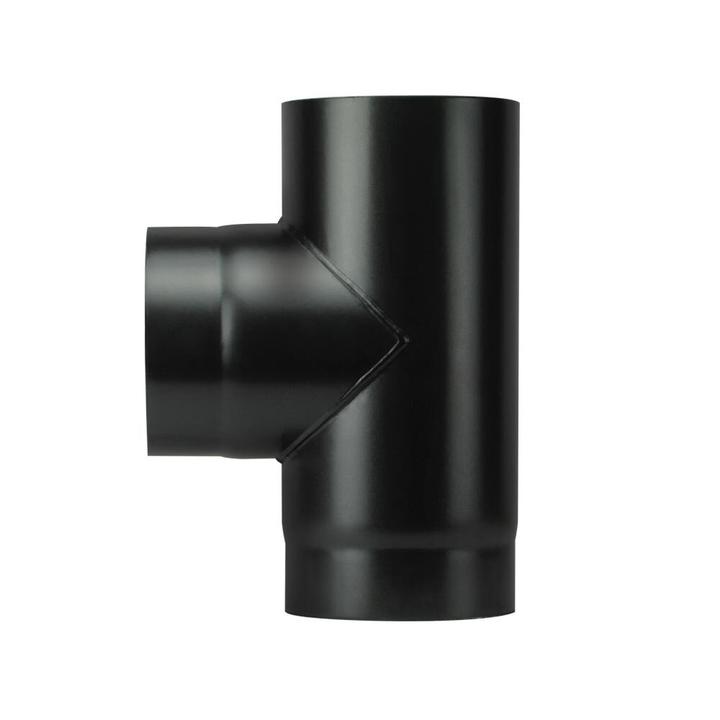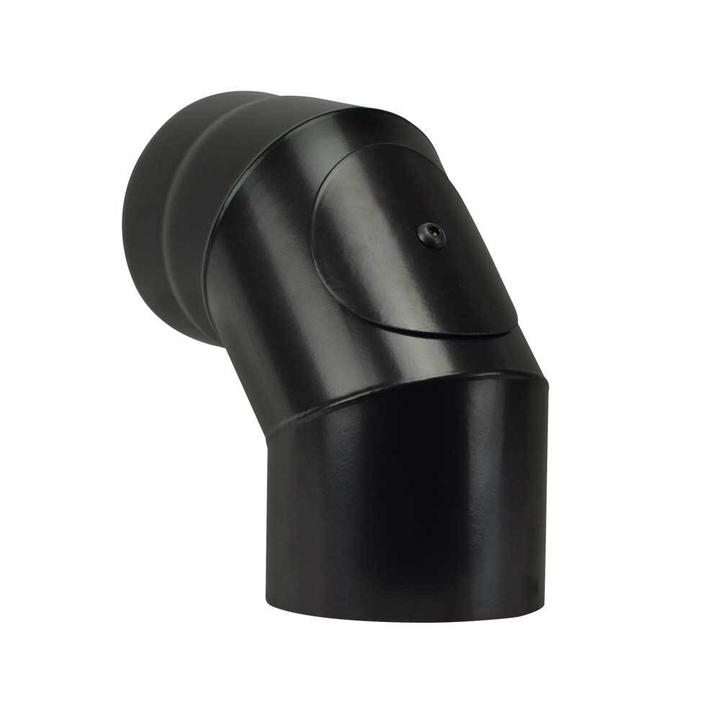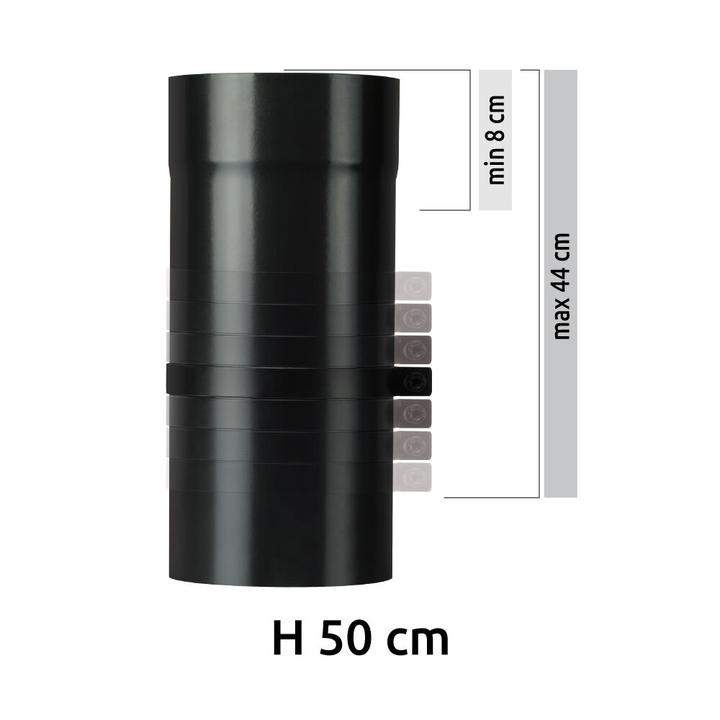From a technical point of view, vitreous enameled products pass the V2 corrosion resistance test required by European regulations, because the vitreous coating on the inside of the pipe makes it practically invulnerable to corrosion by the acid condensate produced by the smoke. This is not the case with painted pipes: they are made of iron and painted only on the outside and do not pass the V2 test.
When it comes to aesthetics, don't just think about the product when it's new, imagine how it will look after it's been installed and exposed to the effects of high temperatures, manipulation (installation, routine cleaning, etc.) and condensation.
In this sense, painted products perform poorly. The paint used to coat them changes color and even begins to peel when exposed to high temperatures. They are also very easily scratched and their dirt accumulations resist any type of washing. Paint applied to stainless steel is particularly weak because it has difficulty adhering to such a smooth surface.
On the other hand, the colour of a vitreous enamel pipe is guaranteed not to change, even in the presence of high temperatures and soot fires. It is scratch resistant and can be washed with any cleaning agent. Enamelling is a type of vitrification and requires the baking of the piece at 850°C, so it is not afraid of high temperatures. The pipe is enameled both inside and out to obtain truly exceptional corrosion resistance on the inside and remarkable aesthetic stability on the outside.













































